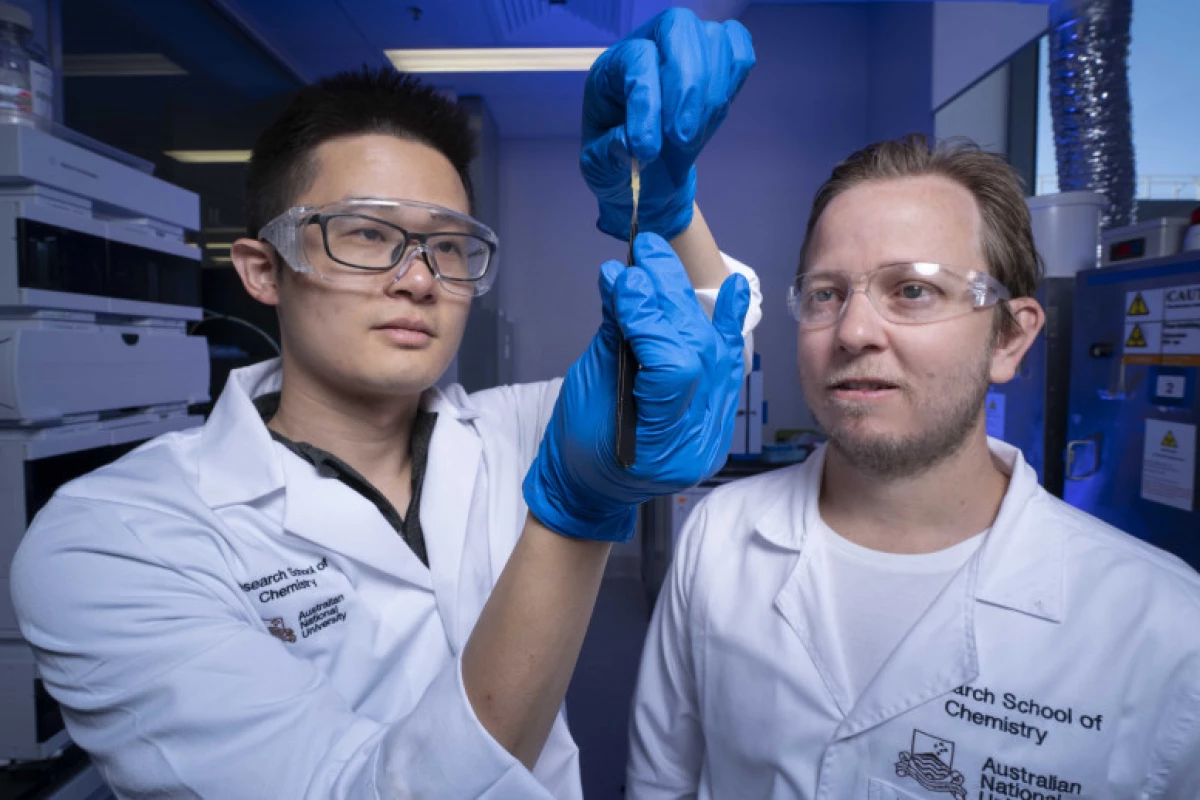A team from The Australian National University (ANU) has developed a jelly-like material that has many of the properties of living tissue. A form of a hydrogel, the jelly is not only self-healing but is very strong and can change its shape – allowing it to mimic skin, ligaments, and bone.
Hydrogels are 3D polymer structures that are strongly hydrophilic, allowing them to contain over 90 percent water. To date, they've been used as scaffolding for bioengineering, self-irrigating wound dressings, contact lenses, diapers, soil moisturizing, and prosthetic limbs.
But one feature of hydrogels that is of particular interest to scientists is how they can mimic living tissue – not just in terms of static properties, but also, when stimulated, change volume.
For the ANU study, the research team led by Associate Professor Luke Connal from the Research School of Chemistry introduced dynamic chemical bonds that allow the jelly to heal itself like skin and also to act as an artificial muscle.
According to ANU, materials based on the new jelly could find applications in the next generation of soft robots. In addition, the hydrogel could be used as a 3D-printable ink and could be scaled up to produce more advanced medical implants and soft robots that can swim.
"With the special chemistry we've engineered in the hydrogel, it can repair itself after it has been broken like human skin can," says Connal. "Hydrogels are usually weak but our material is so strong it could easily lift very heavy objects and can change its shape like human muscles do. This makes our hydrogel suitable for artificial muscles in what we call soft robotics. Our hydrogel's ability to self-heal, as well as its flexibility and strength, make it an ideal material for wearable technology and various other biomedical devices."
The team's study is published in Advanced Materials.
Source: ANU





